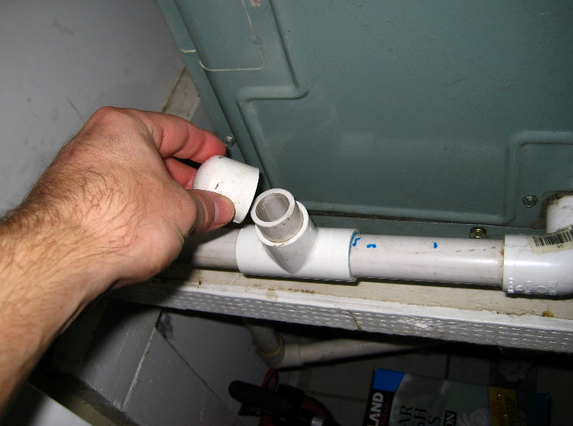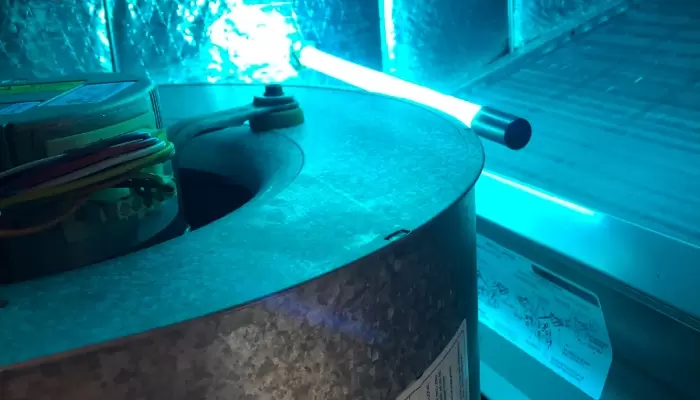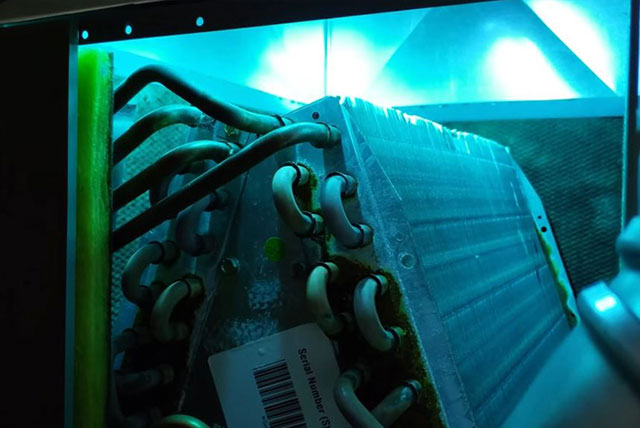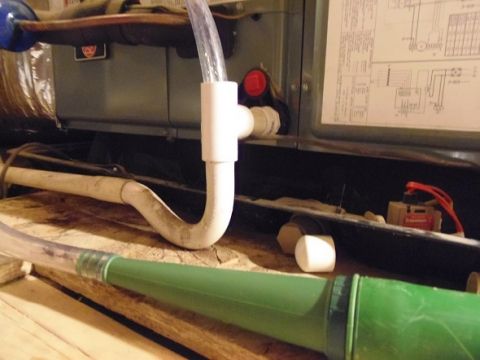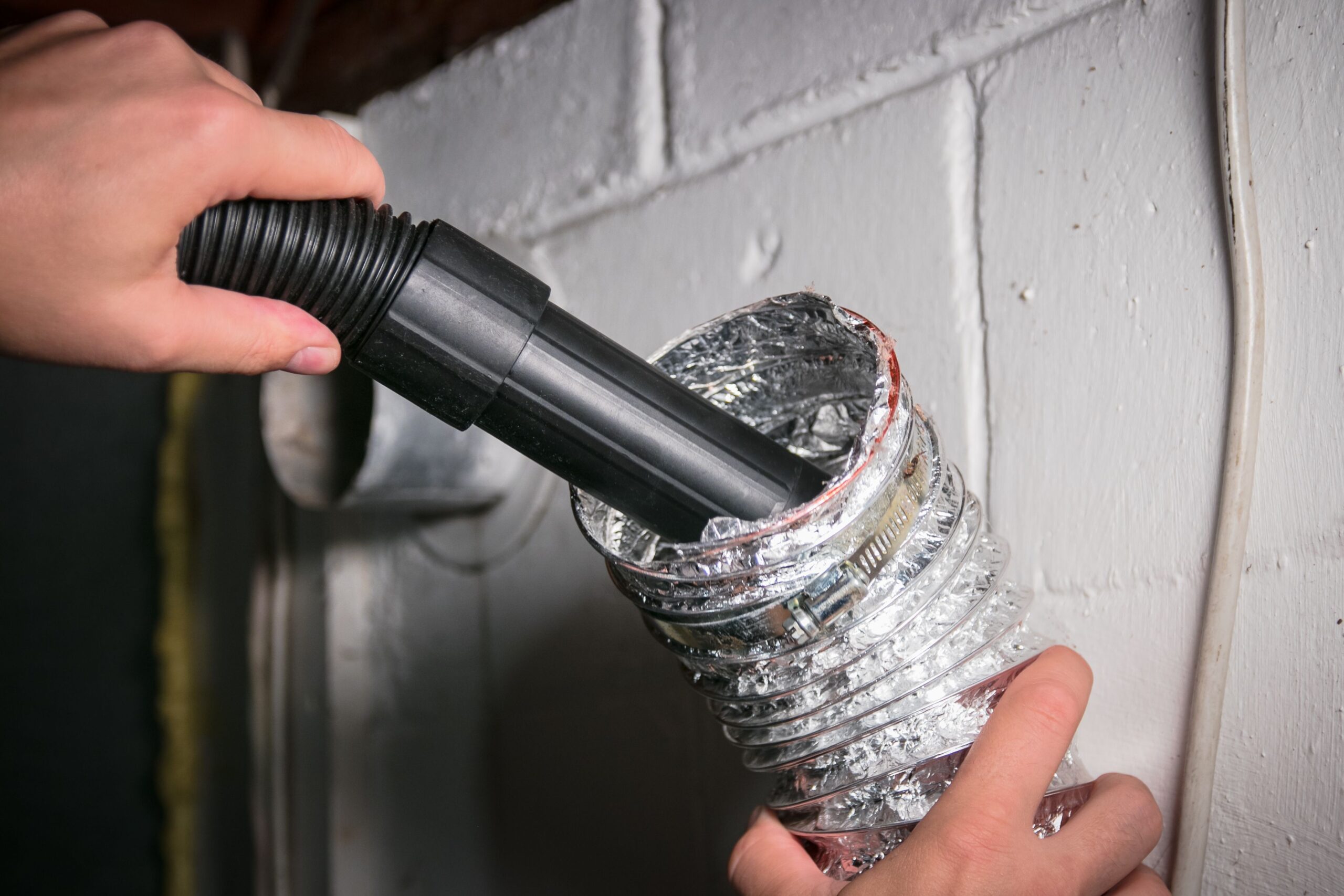Introduction:
The condensate drain line is a critical component of your HVAC system, responsible for removing excess moisture generated during cooling. Over time, debris, dirt, and algae can accumulate in this line, leading to clogs that affect your system’s performance. Recognizing the signs that your condensate drain line needs cleaning is essential for maintaining a healthy and efficient HVAC system. Ignoring these signs can result in water damage, increased energy costs, and even premature system failure. In this post, we will discuss the key indicators that suggest it’s time to schedule a condensate drain line cleaning, helping you protect your home and ensure your HVAC system runs smoothly.
Key Points:
- Water Pooling Around the Unit: If you notice water pooling near your air conditioning unit, it’s a clear sign that the condensate drain line may be clogged. This can lead to water damage and mold growth if not addressed promptly.
- Unusual Sounds from the HVAC System: Gurgling or bubbling noises coming from your HVAC system can indicate that water is backing up in the drain line. This abnormal sound suggests a blockage that needs immediate attention.
- Increased Humidity Levels Indoors: If your home feels more humid than usual, it may be due to excess moisture not being properly drained. A clogged condensate line can prevent moisture removal, leading to discomfort and potential mold issues.
- Frequent System Shutdowns: An HVAC system that frequently shuts down can be a sign of a clogged condensate drain line. Many systems are designed to shut off when they detect water backup to prevent further damage.
- Visible Mold or Mildew: If you notice mold or mildew forming around your HVAC unit or on walls nearby, it’s crucial to check the condensate drain line. Mold growth is often a sign of excess moisture due to drainage issues.
Conclusion:
Paying attention to the signs that indicate your condensate drain line needs cleaning can save you from costly repairs and health hazards. The buildup of dirt, algae, and debris in the drain line can lead to various problems, including water damage and mold growth. Addressing these issues promptly is essential for maintaining the efficiency and longevity of your HVAC system.
One of the most significant risks of neglecting condensate drain line cleaning is water pooling around your HVAC unit. This can lead to severe damage to your home, including stained ceilings, damaged walls, and structural issues. Additionally, standing water creates an ideal environment for mold to thrive, posing health risks to you and your family. Regular cleaning helps mitigate these risks and ensures that your home remains a safe and healthy environment.
Furthermore, a clogged condensate drain line can significantly reduce the efficiency of your HVAC system. When the line is blocked, your system must work harder to regulate temperature, leading to increased energy consumption and higher utility bills. By ensuring that your drain line is clear, you can enjoy optimal performance from your HVAC system while also saving money on energy costs.
To avoid the complications that arise from a clogged condensate drain line, it’s essential to schedule regular maintenance and cleaning. Most experts recommend inspecting and cleaning the drain line at least once a year, or more frequently if you notice any of the warning signs discussed above. This proactive approach can help you identify potential issues before they become significant problems.
In conclusion, recognizing the signs that your condensate drain line needs cleaning is crucial for maintaining a healthy and efficient HVAC system. By taking action at the first sign of trouble, you can protect your home from water damage, improve indoor air quality, and ensure your HVAC system operates at peak efficiency. Don’t wait for problems to escalate; prioritize your condensate drain line maintenance and enjoy a comfortable living environment.

